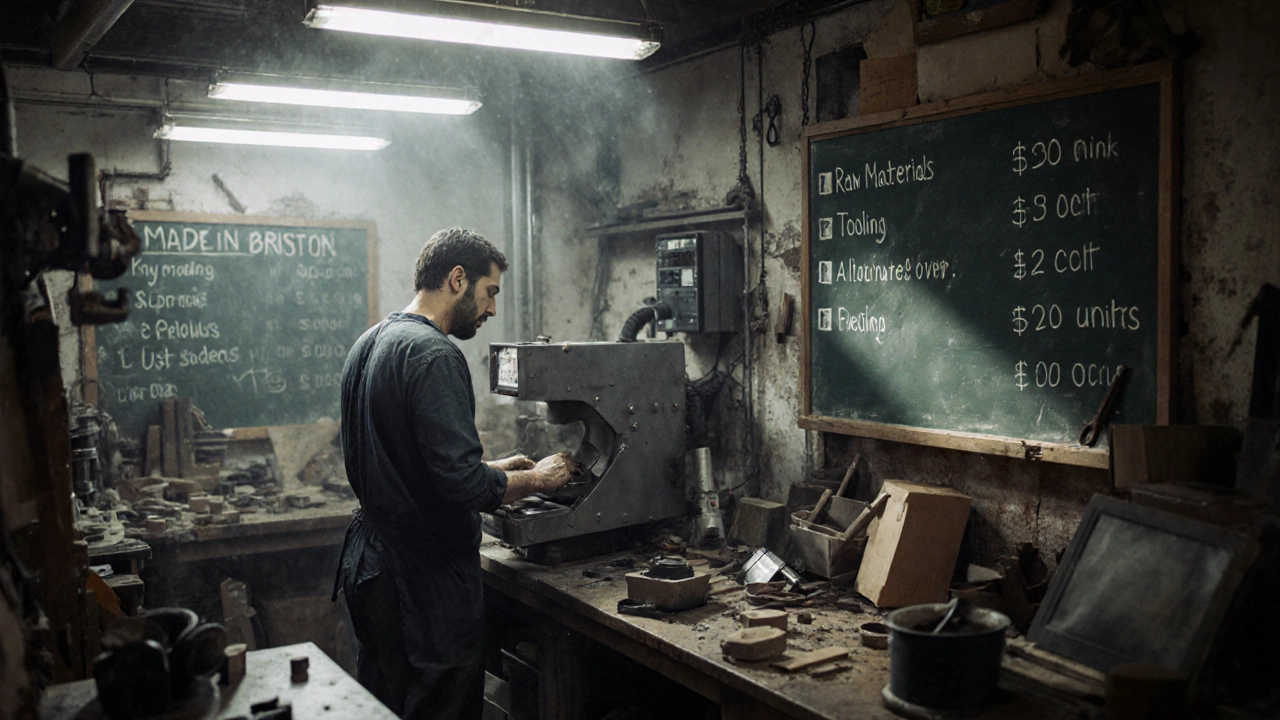Local Manufacturing Constraints in India: Why Production Stalls and How to Fix It
When you think of local manufacturing constraints, the hidden barriers that slow down factory output in India. Also known as production bottlenecks, it's not just about labor or machines—it’s the tangled web of power cuts, delayed raw material deliveries, and inconsistent logistics that keep factories from running at full speed. You’ve seen the headlines about ‘Make in India’ and the billions poured into factories. But if you’ve ever tried to run a small plant or work with one, you know the real story is messier.
Take supply chain issues India, the unreliable flow of parts and materials needed to keep production lines moving. A factory in Gujarat might be ready to crank out 500 elevators a month, but if the steel coils from Maharashtra arrive two weeks late—again—those machines sit idle. It’s not a one-off. This happens every quarter. And it’s not just steel. Chemicals like phenol and paraxylene, critical for components in lift systems, keep disappearing from the market. When those shortages hit, production doesn’t just slow down—it stops. No parts, no product, no revenue.
Then there’s power cuts, the daily reality for manufacturers who can’t count on consistent electricity. Unlike in countries with grid reliability, many Indian factories still rely on diesel generators just to keep the lights on. That’s not just expensive—it’s noisy, dirty, and breaks down when you need it most. Even when power is stable, the voltage fluctuates. One spike can fry a control panel in a high-end elevator. Manufacturers don’t just need power—they need clean, steady power. And that’s not always an option.
And let’s talk about factory production delays, the ripple effect of every small hiccup turning into a major setback. A delayed customs clearance for a sensor from Germany? That’s not just a paperwork problem. It means the whole assembly line halts. A driver calls in sick? No one else can deliver the finished units. Small businesses don’t have teams of logistics managers. They have one guy who does everything—and he’s already stretched thin.
These aren’t abstract problems. They’re daily headaches for the people building elevators, pumps, and industrial machines across India. The same factories that are praised for innovation in design can’t get their materials on time. The same engineers who design smart lift systems can’t get spare parts delivered within a week. And while global manufacturers talk about automation and AI, Indian factories are still fighting the basics: getting power, getting parts, getting people to show up.
But here’s the thing—some are winning anyway. Companies like SkyWings Elevation Solutions don’t wait for perfect conditions. They build buffers. They source locally where they can. They train their own maintenance crews. They track supplier reliability like a sports team tracks opponent stats. They know that in India, the best manufacturing strategy isn’t about having the fanciest machine—it’s about having the smartest plan for when things go wrong.
Below, you’ll find real stories from Indian manufacturers who’ve faced these same roadblocks. Some cracked the code. Others are still fighting. All of them know what it’s like to stare at a half-built elevator and wonder why the next gear won’t arrive. This isn’t theory. It’s what’s happening right now, in factories across the country.
